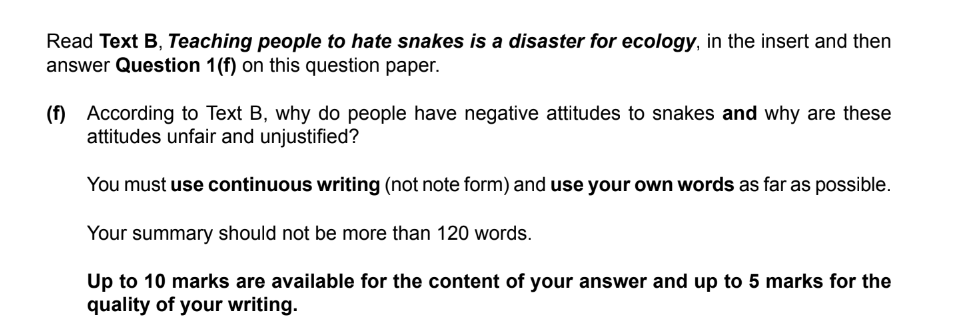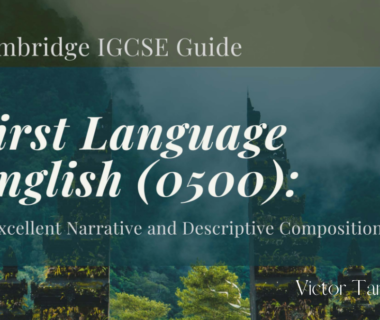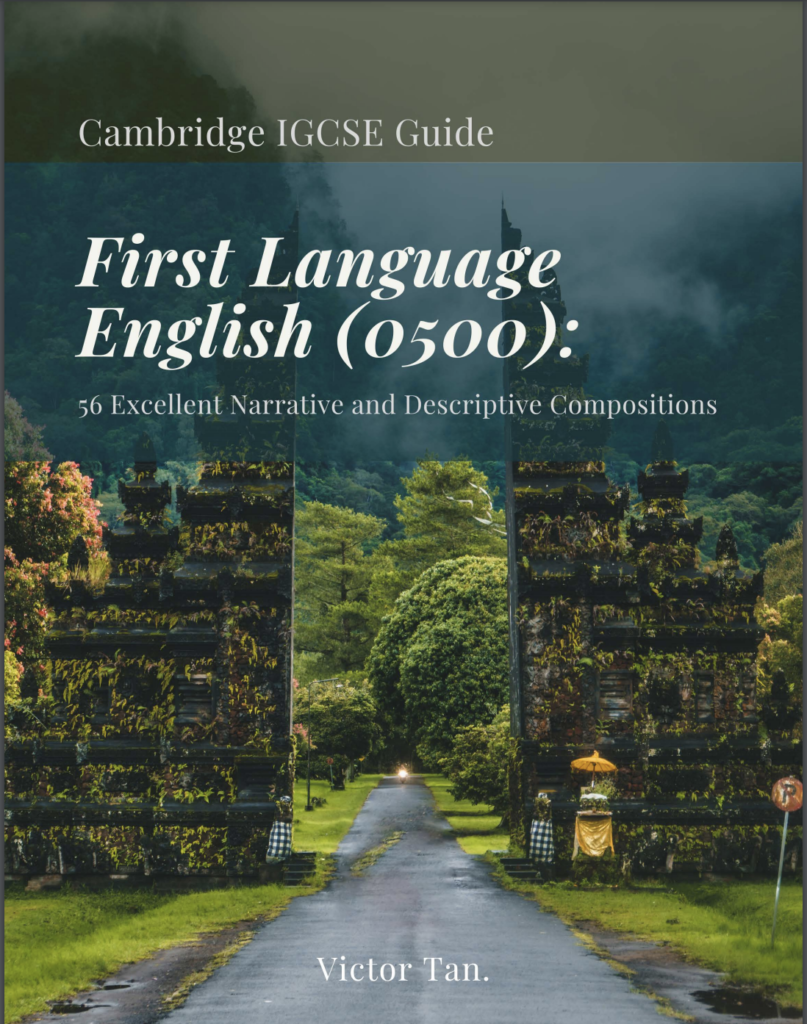One of the key skills on the IGCSE First Language English exam is learning how to write a summary.
Summary-writing is examined in question 1f), and an example question from Summer 2022, Paper 1, Variant 3, is provided here for your consideration:

The format is generally always the same.
In each case, you have to refer to text B in the insert, and then you have to respond to a specific prompt with a summary.
But how do you do that?
To effectively write a summary for IGCSE First Language English and obtain the highest possible score in an exam, follow these steps:
- Read the task prompt:
You have no idea how many summaries I have read in my lifetime that didn’t work because the student just went and summarized the text. Please don’t do this – instead, please read the task prompt.
No matter what, your summary needs to match the question, and you need to make sure that it addresses the essential points. This is crucial, because the summary task is about selection. It will be crucial when you decide on what you will select for your points.
- Read the passage carefully:
Begin by thoroughly reading the given passage to fully understand its content, context, and main ideas. This will ensure you have a strong foundation for your summary. As you read, make sure you keep #1 in mind – it will help you decide what you should focus on. - Identify key points:
As you read, make note of the main points and any supporting details. Pay special attention to the question or task prompt, as it will guide you on what to include in your summary. - Organize your ideas:
Once you’ve managed to decide which points belong in your summary, group the main points and supporting details in a logical order that supports the prompt. This will help you create a coherent and well-structured summary. - Paraphrase:
When summarizing the text, use your own words to express the ideas. Often, you will need to, as the passages won’t always *directly* demonstrate the requirements of the prompt, and you may need to progress a little further. Paraphrasing shows your understanding of the text and will help you avoid plagiarism. However, be sure to maintain the original meaning of the content. - Keep it concise:
A summary should be brief and to the point. Aim to include only the most important information, and avoid any unnecessary details, examples, or personal opinions. Many English teachers also do advise that you keep your summary to one paragraph and would fight and clash on hills to ensure that somehow or another you keep to one paragraph for your summary. - Use appropriate language:
In the IGCSE First Language English exam, use formal and clear language. Avoid slang, contractions, and colloquialisms. Vary your sentence structure and use appropriate vocabulary to demonstrate your language skills, while at the same time making sure that your grammar is impeccable and on point. - Review the task prompt:
As you write your summary, continually refer back to the task prompt to ensure you’re addressing all requirements. This will help you stay focused and avoid straying from the task at hand. - Edit and proofread:
Once you’ve written your summary, take the time to carefully review and edit it. Check for clarity, coherence, and conciseness. Look for any errors in grammar, punctuation, or spelling, and correct them as needed. In all probability, you will want to be able to learn how to do this quickly and precisely over time – to succeed at doing that, you will need to practice and develop your time allocation skills over time.
Oh wait, what’s that? The last tip? - Practice:
To improve your summary writing skills and increase your chances of achieving the highest possible score, practice summarizing various types of texts. This will help you become more familiar with the process and develop your ability to quickly and effectively summarize content.
And that’s it for now!
We hope you enjoyed this piece – enjoy, and have a wonderful one ahead!
V.




